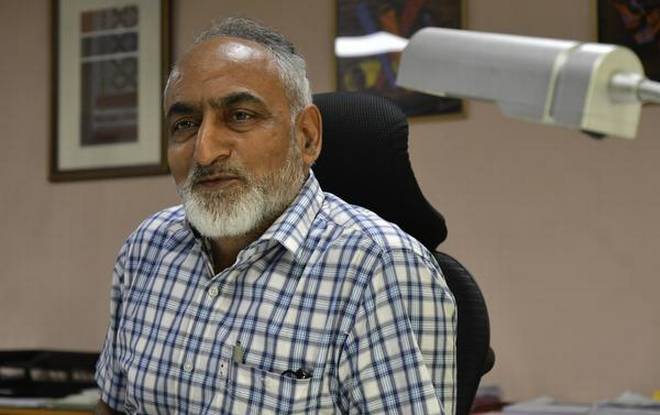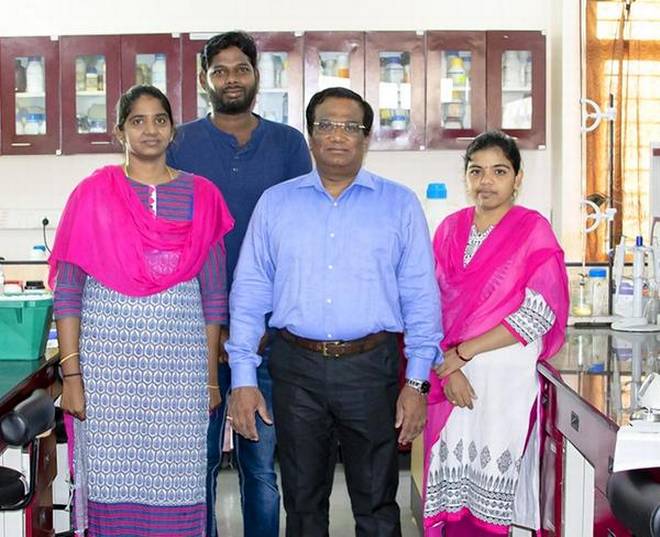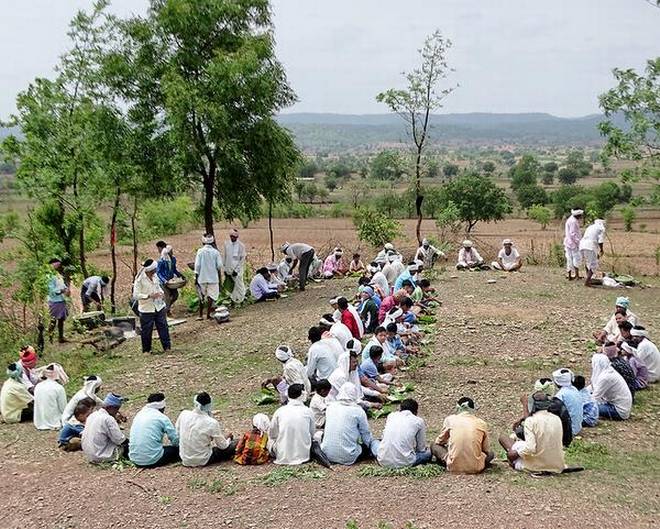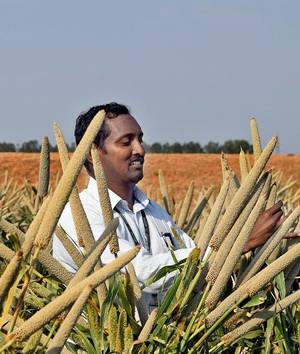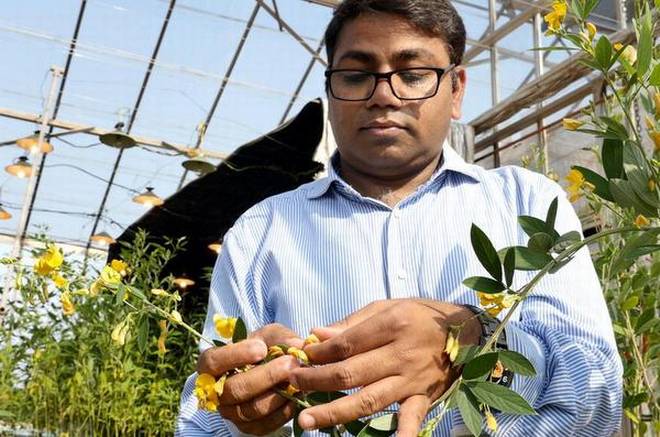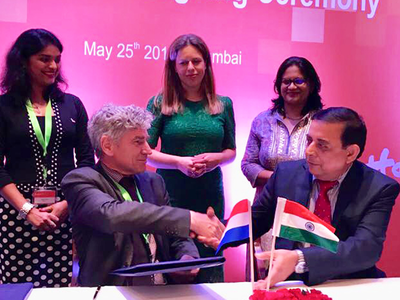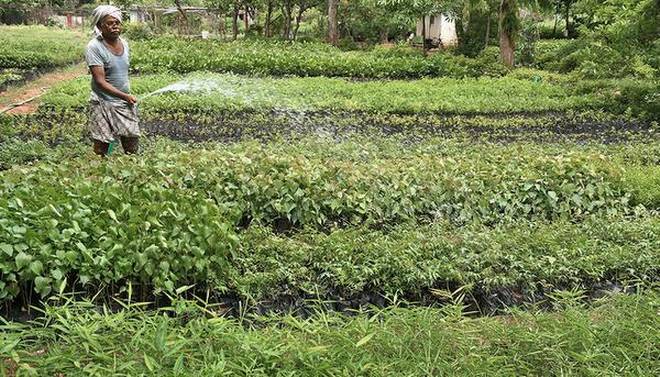
Govt. wants to plant toddy-giving ‘eetha’ as part of Telanganaku Haritha Haaram
A Herculean task awaits the Forest Department to meet the target of planting around six lakh ‘eetha’ (Phoenix sylvestris) palm saplings in the coming fourth phase of the Telanganaku Haritha Haaram (THH), the State government’s flagship afforestation programme.
The State government has accorded utmost priority to planting of toddy-giving saplings, mainly ‘eetha’ plants, along the foreshores of tanks and other water bodies as part of a multi-focal strategy to improve green cover, augment income for toddy tappers and check the menace of spurious ID liquor and toddy in the State.
However, the well-intended initiative is beset by some bottlenecks such as lack of proper institutionalised provision for protection of toddy-giving saplings after the plantation drive and adequate government lands to take up plantation of saplings on a massive scale in the district, sources said.
Around 2.30 lakh ‘eetha’ saplings were planted across the district in the previous phase of the THH against odds. Thousands of saplings were given away to the government agencies concerned in Mahabubnagar and a few other districts due to problems associated with identifying suitable open places, particularly around water bodies in the district last year, sources added.
The Forest Department has laid focus on achieving the target in terms of planting the ‘eetha’ saplings in coordination with the Department of Prohibition and Excise during the fourth phase of the THH, likely to be implemented later this month.
The Excise Department has stepped up efforts to actively involve the toddy-tappers’ cooperative societies in the ‘eetha’ saplings plantation drive during the THH’s fourth phase, sources added.
Officials concerned have already held discussions with toddy-tappers, mainly concentrated in Kusumanchi, Tirumalayapalem and other mandals in Palair constituency.
Adequate number of ‘eetha’ saplings are available in several nurseries, including Bathulapally in Kalluru mandal and Cherukapally in Sattupalli mandal in the district, says Sunil Hiremath, District Forest Officer, Khammam.
A wide variety of saplings, mainly of forest tree species, are being raised in 65 nurseries of the Forest Department in the district to fully meet the target of planting 1.97 crore saplings in the fourth phase of the THH all over the district.
source: http://www.thehindu.com / The Hindu / Home> News> States> Telangana / by P. Sridhar / Khammam – July 08th, 2018
